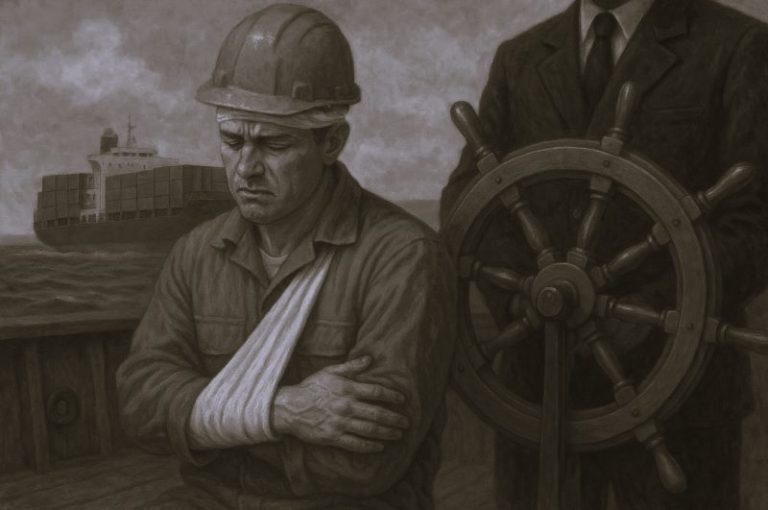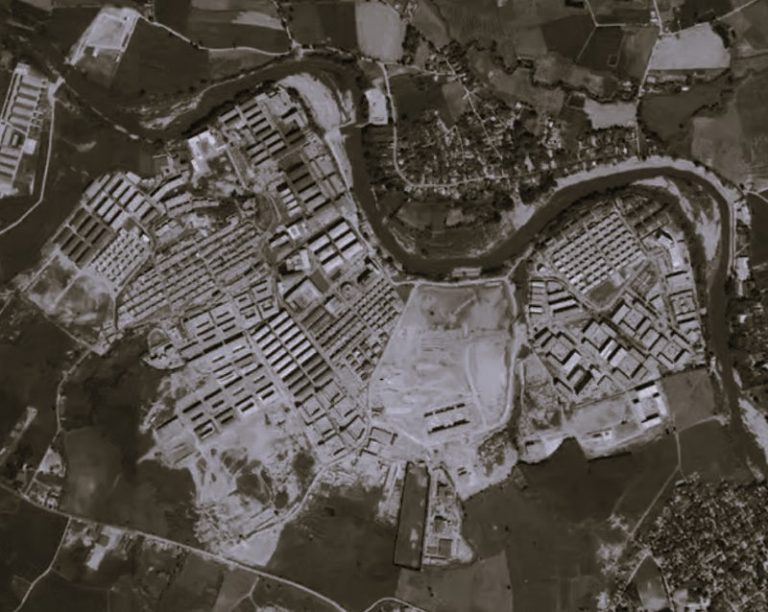
By Sarah Yenesel
Introduction
In a world where there was no computers, telephones, or quick modes of transportation, it was much more difficult to travel. Only the wealthy could afford to travel throughout Europe to experience far off places. Some of them spent months at a time, even years, traveling to immerse themselves in the culture and to collect art as souvenirs, which was known as a Grand Tour (Allum 32).
The British elite in the 17th century to the 19th century were known to take Grand Tours to visit and learn more about continental Europe. They were particularly intrigued by Rome. It was a city that was only considered an imagined, dreamed of place that was written about in books (Wrigley 551). Duly so because of its Roman ruins, romantic language, and delicious food and wine. Although, Italy was primarily Catholic and ruled by the Pope at the time.
During this time, the United Kingdom was experiencing a civil war between Catholics and Protestants. This affected the way British Protestants traveled to Rome as part of the Grand Tour. The purpose of this exhibit is to inform the viewer on why British travelers went to the ancient Catholic city and to teach them how the England’s religious conflict affected the British’s view on Rome.
Why Rome?

One British traveler, Edward Thomas, wrote that Rome was “a mistress of the world” in his travel journal (Black 46). It was a truly mesmerizing place for all who visited. Rome was a sought after destination on the Grand Tour by British travelers for this reason, even though it was one of the farthest cities in a tour and the most difficult to travel to.
One of the main reasons that Rome was a desired destination despite the long journey was its unmatchable paintings, sculptures, antiques, fabrics, and overall art scene. Specifically, its Classical and Baroque arts spread throughout the city through architecture and sculpture made “many tourists [treat] it as the cultural goal of their travels” (Black 47). British travelers brought home various Italian art pieces as souvenirs that also acted as a representation of their well cultured lives (Allum 32).
Although, there was plenty of Christian art as well since the Papacy ruled the city. Most British travelers did not treat the art any differently than non-religious art, but there was critiques from Anglican clergymen. These clergymen treated it as a threat to British society when it was brought home by tourists (Black 191). Although, British tourists were not threatened by the Catholicism that influenced so much of the city. They instead saw it as a tourist attraction.
Christian Sightseeing

Most British Protestants took on a pitiful view of the religious influence in Rome, which made it more like a tourist attraction than a threat. “The majority of of the educated elite who came to Rome in the eighteenth century viewed Catholicism less as a potent danger to true religion or the Protestant interest than as a system of corruption and abuse…” (Sweet 148). Churches were not taken seriously as places of worship because of this, which made them destinations to be awed at for their art. They were written as such in travel guides created by the British (Sweet 148).
While some of those back home in England thought that the exposure to the papacy in Rome would affected those traveled, they were relieved of their worries by the travelers treatment of the church as a collection of art and theatrical performance (Sweet 148-149).
Although, when there was an actual theatrical play performed in London that displayed Roman Catholics, it had little attendance due to that reason. Aphra Behn wrote this play in the late 17th century called The Feigned Courtesans, which had English Protestant and Italian Catholic characters set in Rome. Even the mention of the “popish plot” was seen as a political controversy that decreased interest in the play (Lowe 99).
Nunneries and monasteries were also a common tourist attraction besides the churches. The nuns and monks were seen as foolish people who were giving in to false preaching. They were commended for being faithful, but also seen as irrational (Black 167). It is another example of how the Protestants were demeaning to the Catholics while traveling, which turned it into an attraction of sorts.
Some native Roman Catholics did not appreciate the treatment of their religion this way, but they were tolerant of it due to the amount of money that was spent by tourists that Rome became “financially dependent” on (Sweet 149).
Religious Conflict

While the Romans tolerated the English to keep up the economy, it was difficult for travelers and locals to avoid discussing religion and for it to not turn into a conflicting matter.
British tourist Hester Thrale had a “controversial chat” during a dinner in Italy that the debate “grew very wearisome and a little dangerous,” and she thought they were trying to convert her (Dolan 169).
Most protestants back in England thought British tourists were susceptible to be converted, but it could also be said that Catholics thought Protestants would convert them too. Catholic playwright Aphra Behn displays this in The Feigned Courtesans through her characters that are English Protestants on a Grand Tour in Rome, known as Sir Tickletext and Sir Signal.
In the very beginning of the play, Tickletext speaks with an Italian about his anticipated interaction with a Roman courtisant. He says, “I may chance to turn / her, who knows?” (Behn I.ii.25-26). This shows how common it was to think that one person of faith could “turn” another, in this case, a Protestant turning a Catholic.
There is even a heated discussion between Tickletext, Julio and Filamour about religion, not too far from the heated interactions most tourists had with locals. “Convince me; talk to me of being / convinced, and that in favour of popery? No, sir, by your favour, / I shall not be convinced,” Tickletext says to the two after they ask what he thinks of the churches in Rome and the conversation develops into religious conflict (Behn I.ii. 269-271).
While there is no source that can confirm that Behn deliberately wanted to make the English Protestants look like fools and stubborn in their defense of religion, it surly can be interpreted as such based on the interaction between the characters. Behn was in fact Catholic, so it could be that this is her way of expressing her dislike of Protestants by negatively displaying them as fools and trying to start conflict based on religion because it is possible that she had a religious bias.
Conclusion

Between the 17th and up to the 19th century, British Protestants traveled to Italy as part of a Grand Tour. Due to Rome’s vast art scene and unique culture, most Brits made the challenging trip.
Even though Rome was seen as a not to miss cultural destination, there was some conflict based on religion when the English traveled there. The British treated Roman Catholics as if their religious life and culture were all a pitiful and naive cause that was on display for their view.
Both sides thought their religion was better than the other, which lead to some conflicting and awkward interactions, which was also reflected in English culture back home in Aphra Behn’s play.
In the end, the Grand Tour was supposed to be an immersive culture experience, but it came at a price not only payed with money. The Catholic Church that ruled Rome and the Protestants from England who visited the city had a demeaning view on it because of their demeaning view of Catholics that came from the religious conflict in their own country.
Works Cited
- Allum, Marc. “Grand Tour Souvenirs.” Period Living, Feb. 2018, p. 32. This is a good source that focuses more on art and the grand tour. I used it a few times when speaking about art collecting.
- Behn, Aphra. “The Feigned Courtesans.” The Rover and Other Plays, Edited by Michael Cordner, New York, NY : Oxford University Press, 1995., 2008, pp. 101-107. I used lines from this play to show how Behn displayed the treatment of Roman Catholics by English Protestants in her play that was performed in London. This was useful to show the treatment in the English’s own culture back home.
- Black, Jeremy. Italy and the Grand Tour. New Haven, CT : Yale University Press, 2003., 2003. This source was extremely helpful for this project because it focused on Italy as a Grand Tour destination and I was able to pull information from multiple sections.
- Dolan, Brian. Ladies of the Grand Tour : British Women in Pursuit of Enlightenment and Adventure in Eighteenth-Century Europe. New York, NY : HarperCollins Publishers, 2001., 2001. I used this book to get a better understanding of the religious conflict in Rome between the travelers and locals.
- Lowe, Leah. “Gender and (Im)Morality in Restoration Comedy: Aphra Behn’s The Feigned Courtesans.” Theatre Symposium, 2007, p. 92. I found this source while looking for religious analysis on the play, but it is actually more focused on gender roles in the play. Although, I found an interesting bit of information on religion that I used.
- Sweet, Rosemary. Cities and the Grand Tour : The British in Italy, c.1690-1820. Cambridge : Cambridge University Press, 2012., 2012. This was a very well organized book that helped me focus on how British travelers treated Christian Rome.
- Wrigley, Richard. “Making Sense of Rome.” Journal for Eighteenth-Century Studies, vol. 35, no. 4, Dec. 2012, pp. 551–564. When I originally thought this project was about Rome as a Grand Tour destination without the focus on religion, this was a good source. It mostly focuses on what you would sense when in Rome, which is not very helpful when I switched my focus to religion. Although, it’s introduction was useful when I was writing my own introduction.
Originally published by the Museum of English Catholic Women Writers, Seton Hall University, as an Open Educational Resource. Republished for educational, non-commercial purposes.







